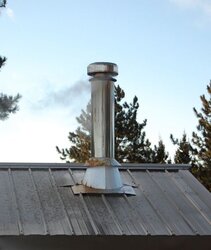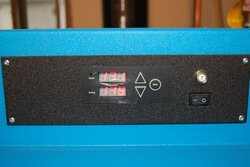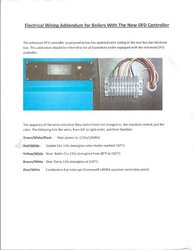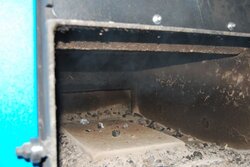I have been running my Econoburn 200 for a few days without storage. Storage is in the works but not piped yet.
Things I have found;
1. Hard to determine how much wood to put in. Put in a few splits and think it will be good for a while is not always the case. Go out and they are gone.
2. Held temp overnight 10pm to 8am but it is making a mess of stack. (18 inch red oak just above the door.)
3. Smokes more at idle than I thought it would see attached photo.
4. Brown mess on the outside of stack.
5. Need to experiment with split size.
Boiler will recover fairly quickly after dropping below set point and it seems to gasify fairly easy so wood must be close to dry enough.
So why would stack look like this Wood to wet or too much idle?
gg
Things I have found;
1. Hard to determine how much wood to put in. Put in a few splits and think it will be good for a while is not always the case. Go out and they are gone.
2. Held temp overnight 10pm to 8am but it is making a mess of stack. (18 inch red oak just above the door.)
3. Smokes more at idle than I thought it would see attached photo.
4. Brown mess on the outside of stack.
5. Need to experiment with split size.
Boiler will recover fairly quickly after dropping below set point and it seems to gasify fairly easy so wood must be close to dry enough.
So why would stack look like this Wood to wet or too much idle?
gg



 and if you're low speed fan setting is too low...
and if you're low speed fan setting is too low...

